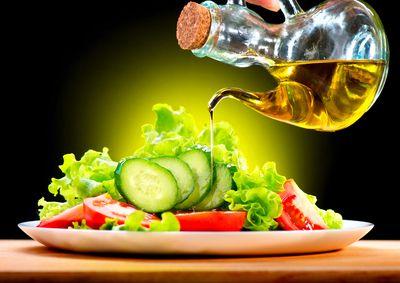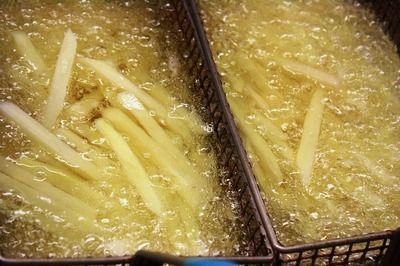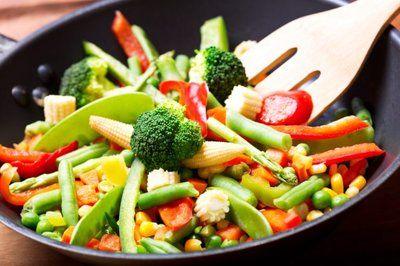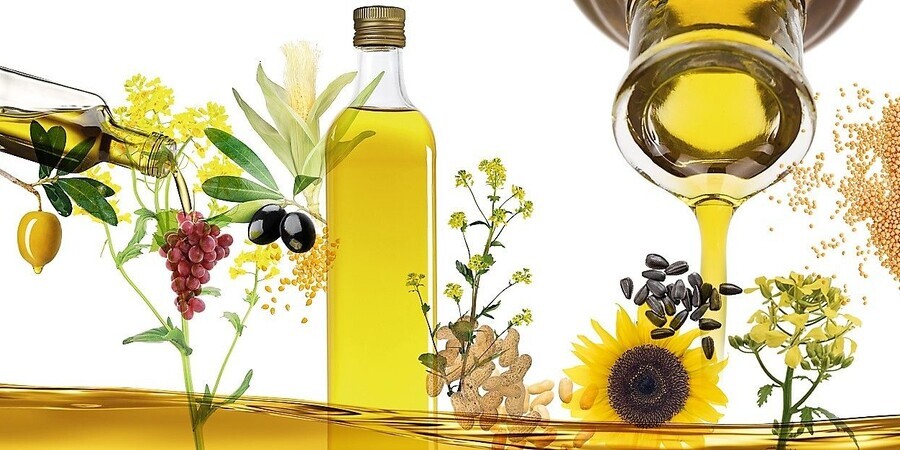Philadelphia, PA - The oil factor is an ever-bothering matter, and it screws our minds with its myriad features — is it saturated? The good and the bad cholesterol, the omega-3s and the omega-6s, the antioxidants and the antimicrobials, the flavor, the aroma, and now, is this best for sautéing, frying, or deep-frying? Going nuts?
 Cooking OilsYes, I got it right! Finally, heading toward the supermarket, you decide upon the best cooking oil (the one you came across in the newspaper!). Finally, you stay stunned, looking at a jillion of oil varieties on the shelves. This reminds you about some scary internet stories on health hazards of cooking oil, the advertisements – the tag lines of various oils, and the debate on one of the popular healthcare websites, and the cooking oil used in the outstanding cookery show with your favorite master chef!!!! That’s much more than a disaster.
Cooking OilsYes, I got it right! Finally, heading toward the supermarket, you decide upon the best cooking oil (the one you came across in the newspaper!). Finally, you stay stunned, looking at a jillion of oil varieties on the shelves. This reminds you about some scary internet stories on health hazards of cooking oil, the advertisements – the tag lines of various oils, and the debate on one of the popular healthcare websites, and the cooking oil used in the outstanding cookery show with your favorite master chef!!!! That’s much more than a disaster.
How would you choose the right cooking oil — for those yummy juicy roasted turkey breast and tempting, crispy bacon? Crisco, Wesson, Bertolli, Mazola, Borges, La Tourangelle are some of the famous cooking oil brands used around the world. There are a few more such as avocado, grape seed, rice bran, and sesame are healthier. Avocado oil has healing properties as well, whereas ghee can still be a good option for deep frying.
 Deep Frying
Deep Frying
Here’s a brief note on the uses, its characteristics, and the healthier aspects of various cooking oils. Before you get brain-fried, let’s look into the oils for a healthy heart, and be ‘oil wise’ while oil shopping.
- Something Smoky: How is smoke-point related to defining the best cooking oil, you ask. At the ‘smoke point,’ hot oils are reduced into harmful aldehydes and lipid peroxides, and as a result, produces thick smoke when exposed to high heat. These aldehydes, when consumed or inhaled, can be hazardous. Therefore, it is best to choose the oil with a higher smoke point and stay healthy. Extra light olive oil (note the light factor) has the highest smoke point. Avocado and peanut oils also have high smoke points, and hence these oils can be used for deep frying. Ghee has a higher smoke point compared with butter, making it ideal for deep-frying.
- The Fat-ty Acid: Although no oils can lower your calories, the ratio of the unsaturated, monounsaturated, and poly-unsaturated fat matters a lot. Before that, it’s necessary to know about high-density lipoprotein (HDL) and low-density lipoprotein (LDL). LDL (aka bad cholesterol) causes deposition of fat in arteries resulting in cardiac arrests. Saturated fatty acids (as in ghee) make oils thicker, and as a result consumption of these oils increases the LDL levels in the body. Mono-unsaturated fatty acids (MUFA) lower the level of LDL and maintain the level of HDL. Avocado oil, olive oil, peanut oil, canola oil are the best examples of cooking oils containing high levels of MUFA. Poly-unsaturated fatty acids (PUFA) help in raising the HDL level in the body, e.g., corn oil. In short, you need to look for cooking oils with a high MUFA and low PUFA composition.
- The Omega‘s’: Omega-3 and omega-6-fatty acids are PUFAs and should be consumed in the recommended amounts (intake of omega-three should be more than omega-6) to maintain good health. Vegetable oils contain omega-6 fats much higher than the safer diet composition. Next time you go oil shopping, replace soybean oil with either olive oil or canola oil, and get surprisingly better diagnostic test results.
- The Oily ‘Trap’: Add the food only after the oil is heated very well (don’t let it ‘smoke’). Mix it, sauté it and remove it from the pan when it is still hot (if required, blot it). If you let the food cool in the frying pan, there are chances that the food gets soaked in oil.
- The ‘Baked’ Treats Muffins, cookies, and cakes! Delicious, but have you baked them healthy? Grapeseed, canola, and peanut oils are the best for baking. These have high smoke points and thus, can be used for roasting and stir-frying.
- Time to sauté and dress the salads: While sautéing, it’s perfect to use rice bran oil, olive, or safflower oil, as these can tolerate medium heat. Salad toppings go well with nutty-flavored walnut oil and olive oil as well. When its olive oil, use the healthier EVOO (extra-virgin olive oil) that has a finger-licking flavor of those stringent olives.
 Salad Dressings and Flavoring Sauces
Salad Dressings and Flavoring Sauces
Traditionally, we have followed the practice of pouring oil or rubbing ghee on the cookware for preventing food from sticking. In addition to frying, cooking oils have made its valuable presence in nutritious salad dressings and flavoring sauces, and, to add on, it has been even used as a healthier substitute in desserts.
So, miss the fat, cook wise, and remember, there is no substitute for health!


